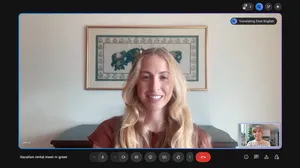Version control to Major Tom—keeping track of work in G Suite
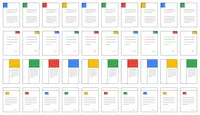
How many times have you worked in a document only to realize halfway through that you’re editing an outdated version? Beyond being frustrating, this can cause confusion and slow down your project. One of the great things about working in cloud-native tools like G Suite is that everything is automatically saved. You never have to worry if you’re working on the most up-to-date version of a document because your apps do that for you.
But for the times that you need to go back and see changes, it’s simple. Go to File > Version history > See version history and view a complete list of changes to your document in one place. You can restore previous versions of a document there, too.
Another trick is to simply click the text at the top of your navigation bar that says “last edit was…” or “all changes saved” in Google Docs. If you hover over that text, it will actually tell you what the last change to the document was and who made it. Or if you’re returning to a document, you can click “See new changes” and the Doc will highlight edits that have been made since your last visit.
Read on for more tips on how to keep track of work in G Suite.
Take it a step further
Beyond viewing versions, there are other cool things you can do to keep track of work in G Suite. You can:
1. Make copies of specific versions.
This is great for sharing “before” and “after” versions of your work with your boss. You can make copies of specific versions within version history. Click the three dot icon next to your selected version and choose “make a copy” to have a second record.
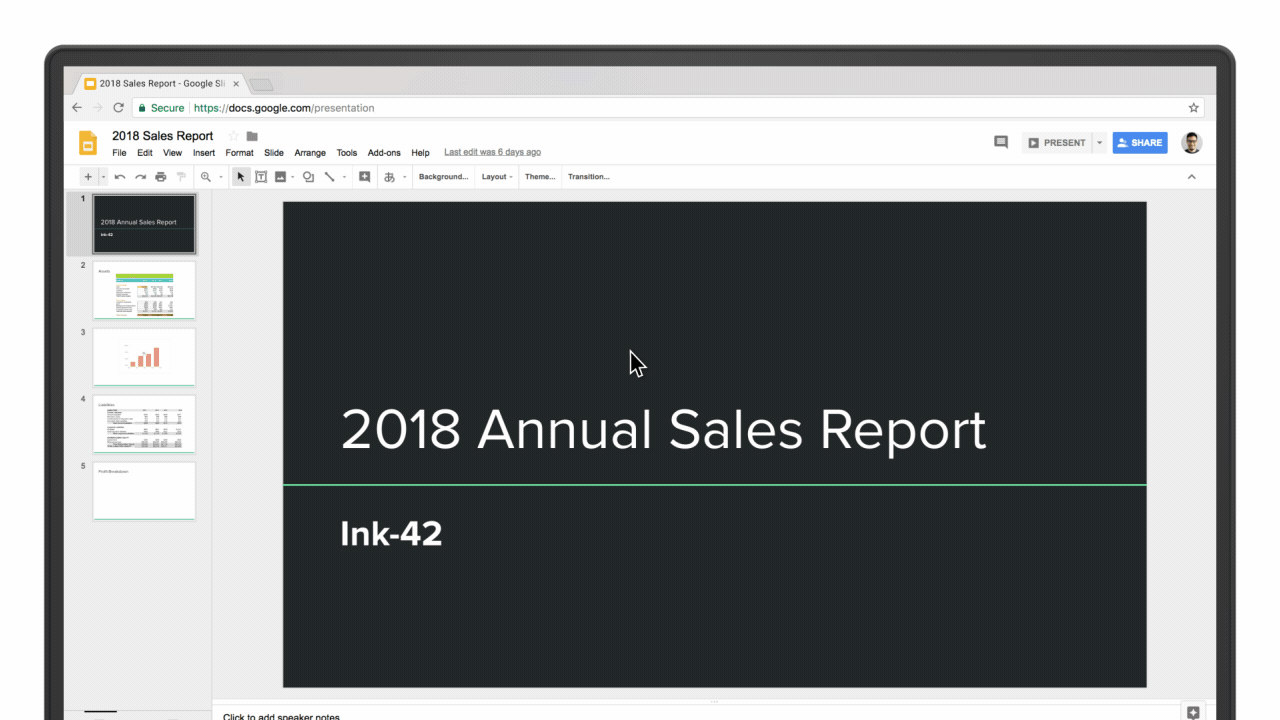
2. Name specific versions of your work.
In version history, you can keep track of your work by naming individual versions in your list. Because all of your changes are saved in the cloud, it’s easy to go back and change version names instead of having ten different versions of a “Final” document floating in email threads. Bonus points for creative names!
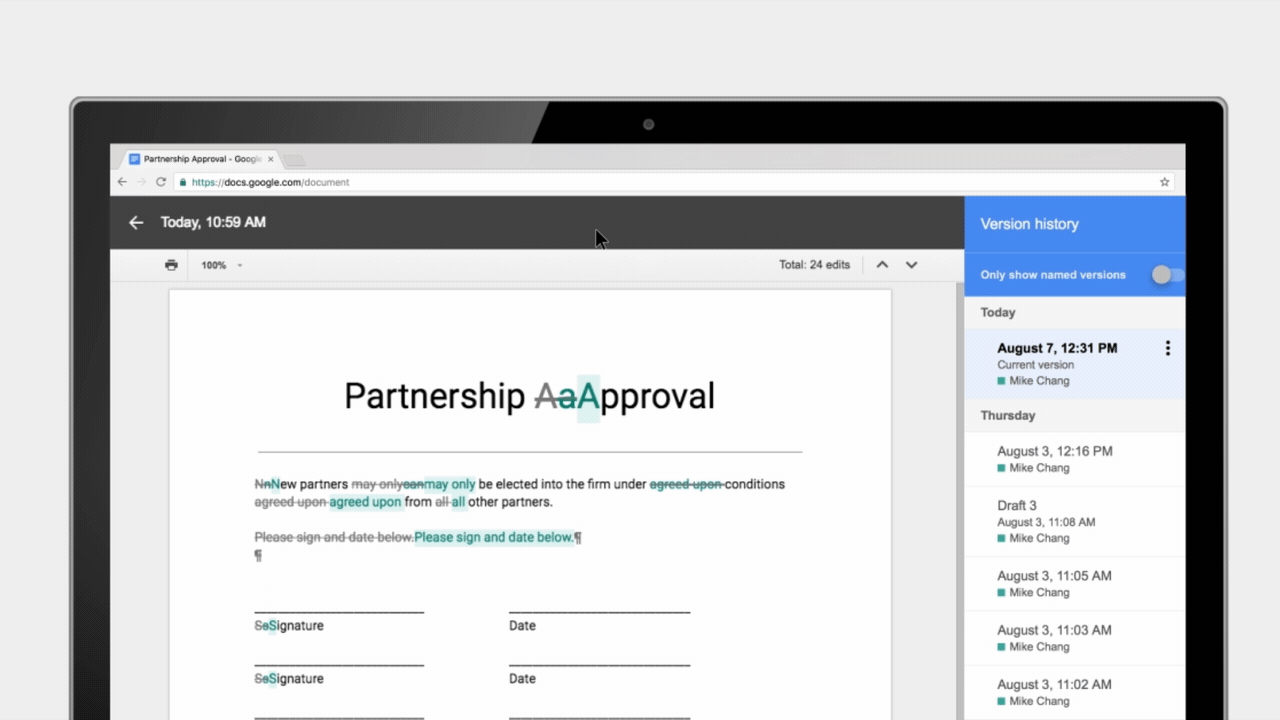
3. See who’s viewed your work and when.
If you’ve ever wondered who specifically has looked at your work, there’s a way for you to view activity within Google Docs, Sheets or Slides. Those folks who use paid versions can go to Tools > Activity dashboard and see detail about the number of people reviewing their document, who specifically has reviewed and viewership trends. If you want to get there quicker, you can use this keyboard shortcut to see the activity dashboard: Ctrl + Alt/Option + T, then click Z.
4. Set up notifications to see when changes are made in Sheets.
If you’re working in a spreadsheet to track a project, you may want to see regular updates for when changes are made. You can set up notifications to alert you of changes immediately after someone changes data in a cell. Select Tools > Notification rules and choose the settings you prefer.
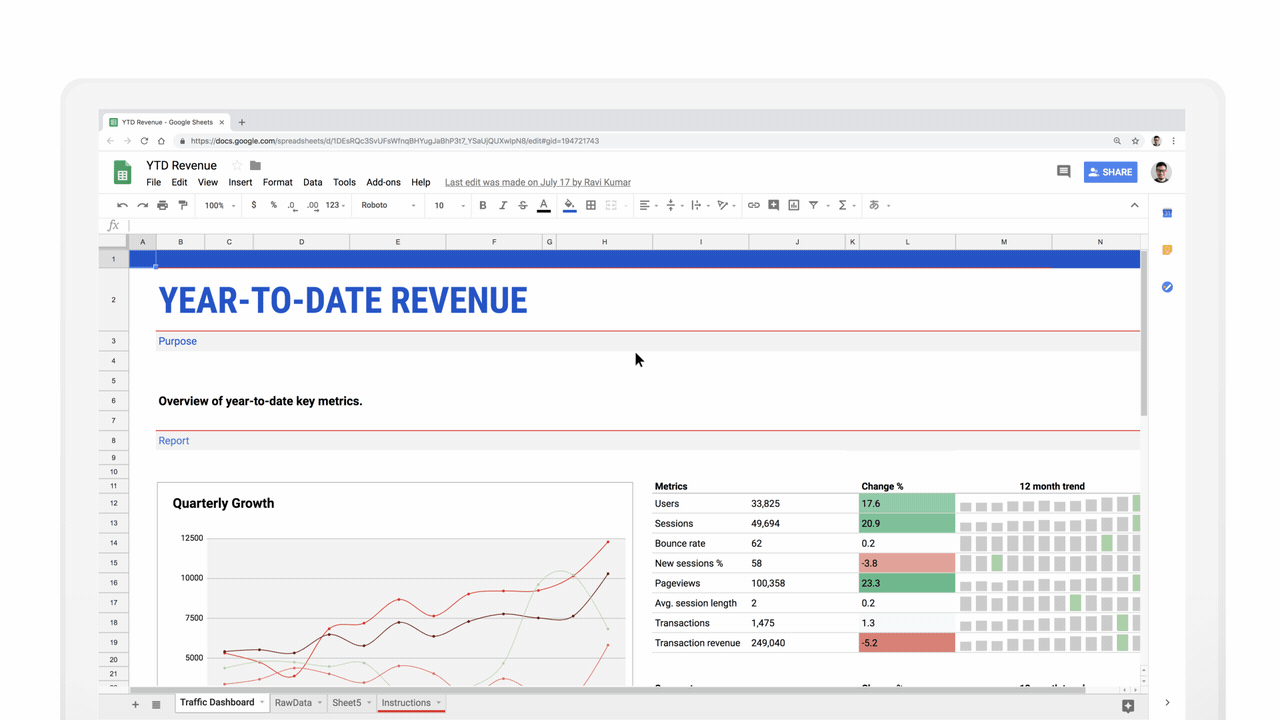
Don’t let version issues slow down your work. Use these tips to maneuver past mix-ups.



